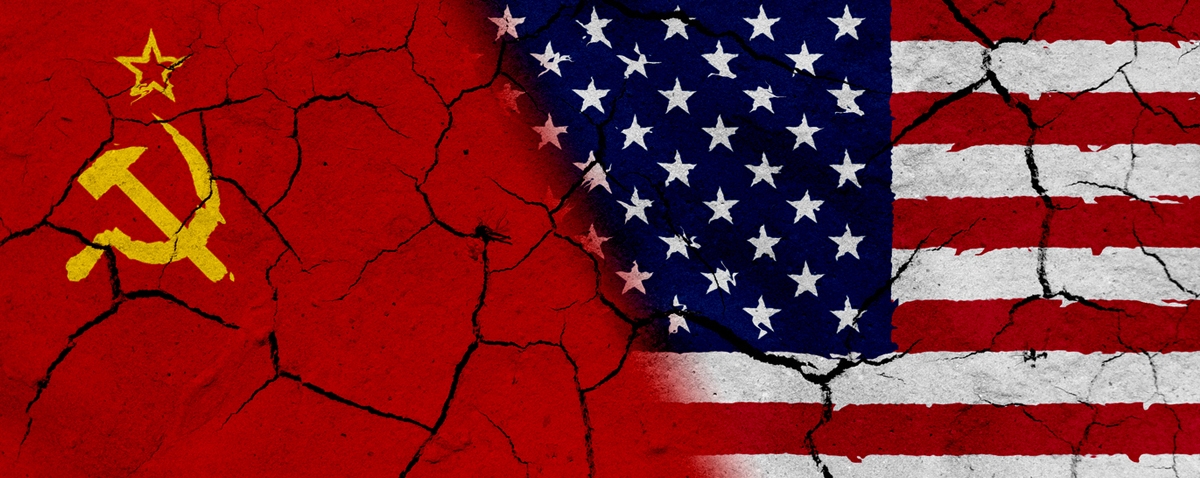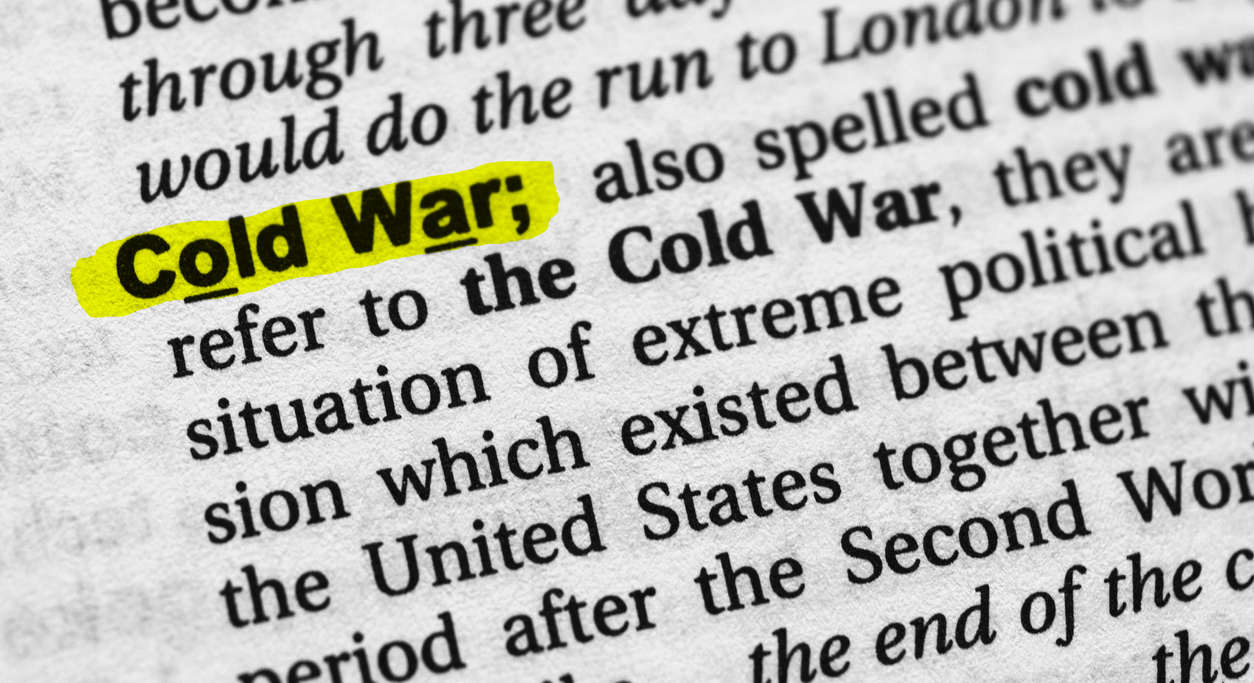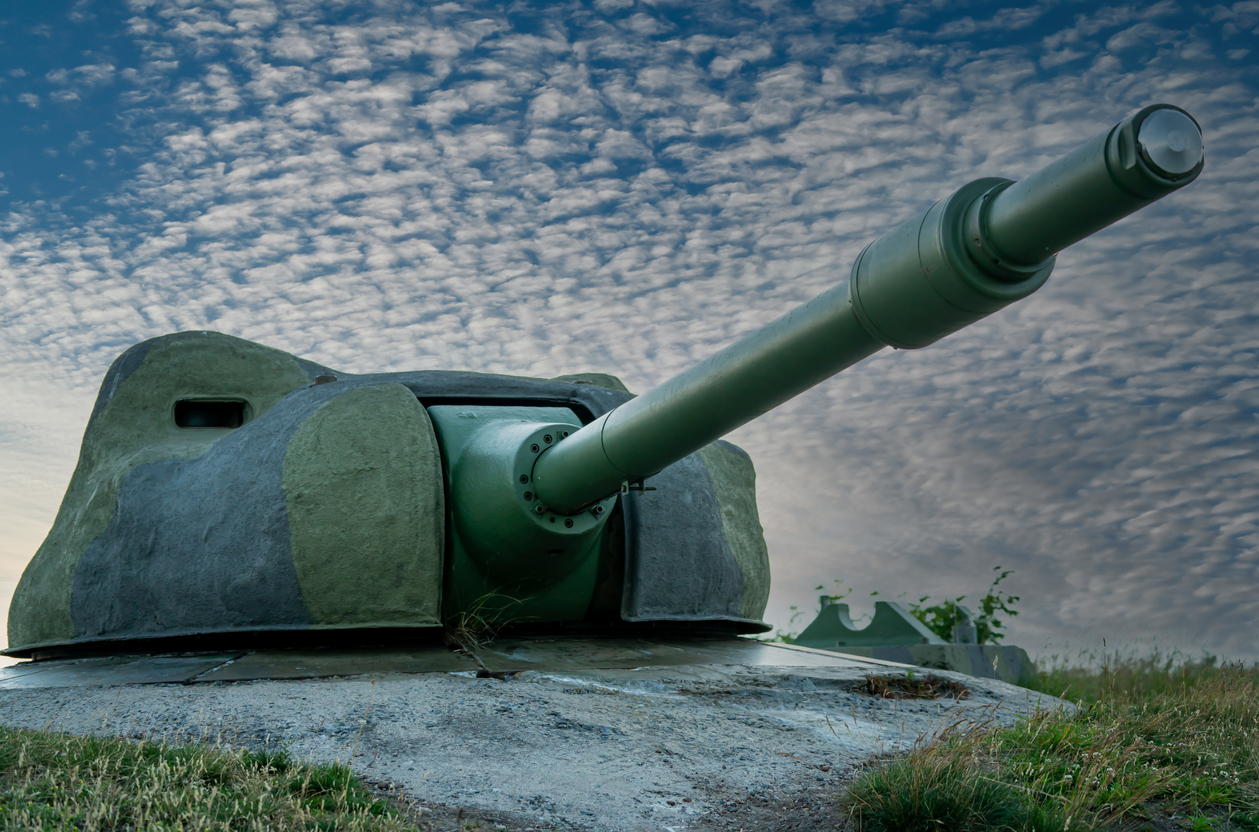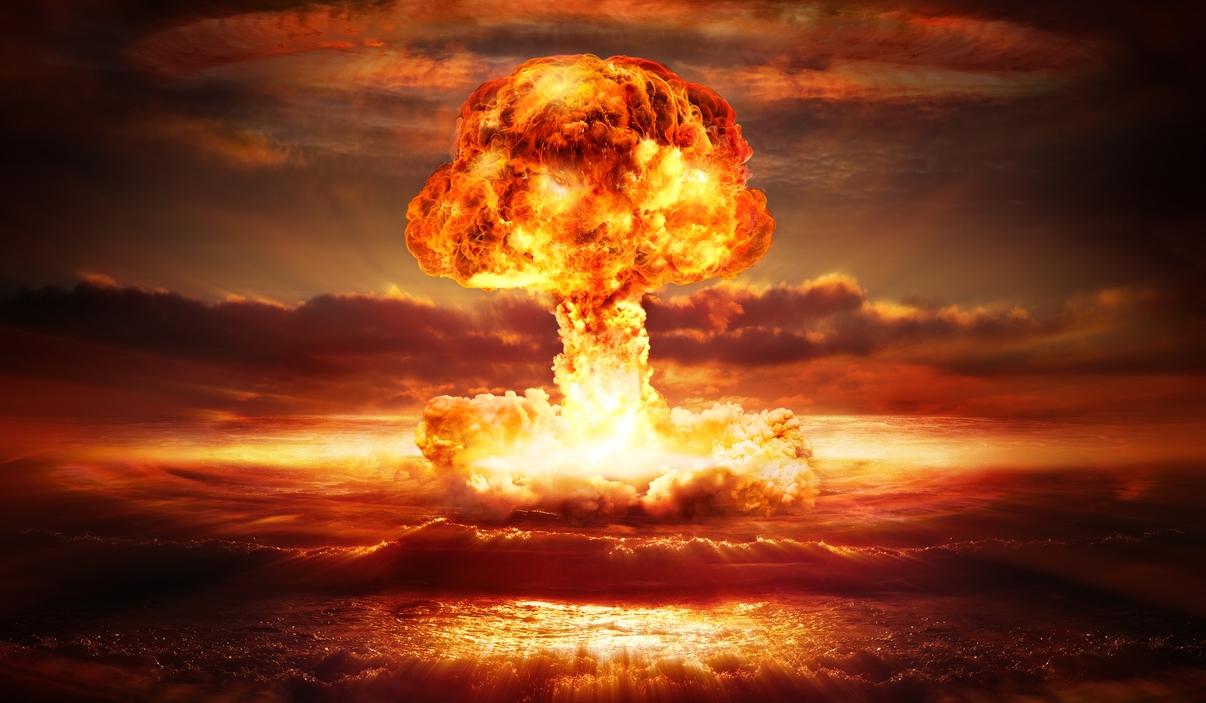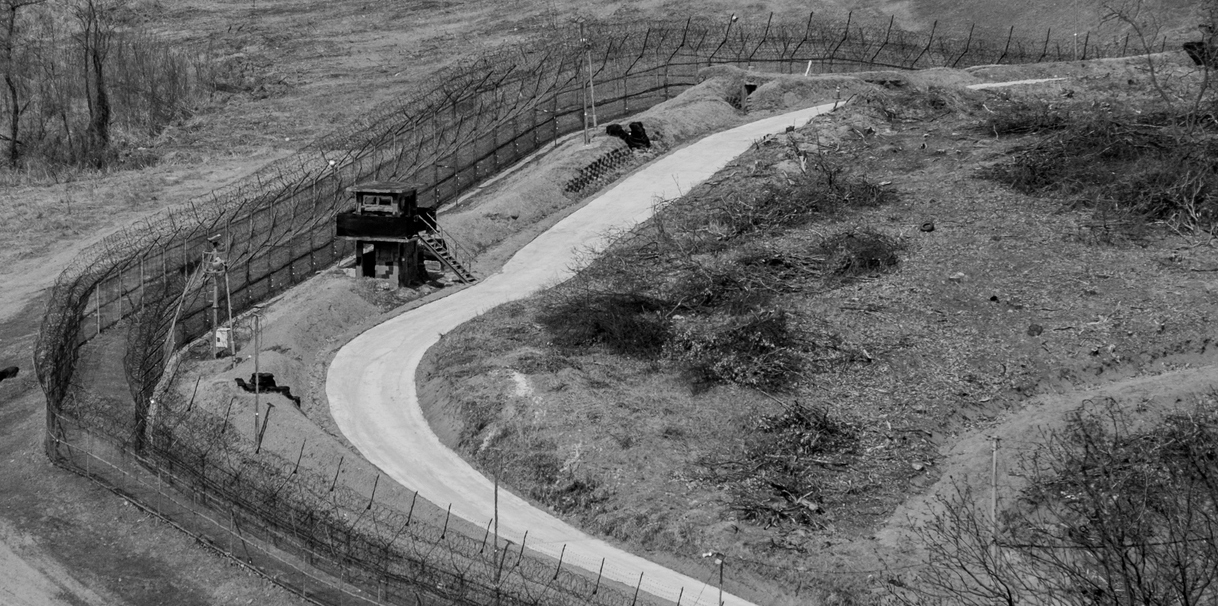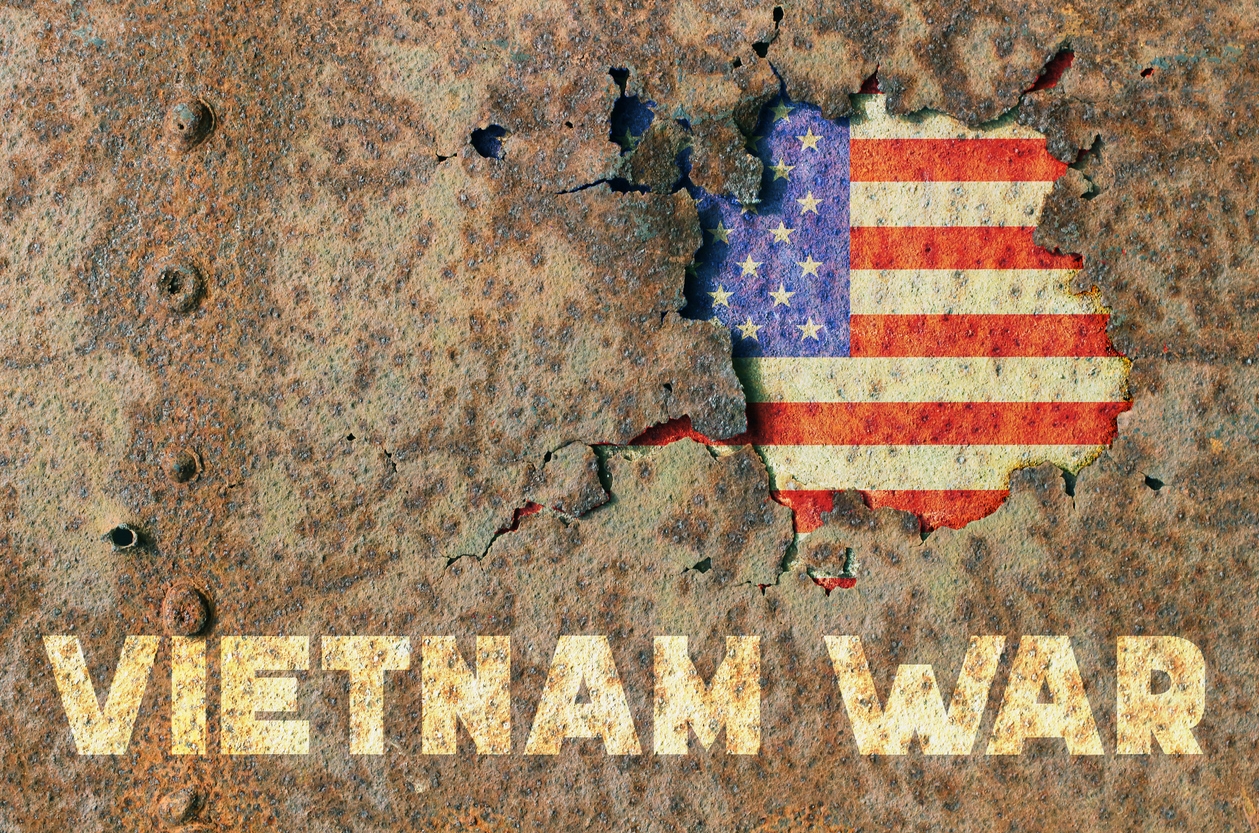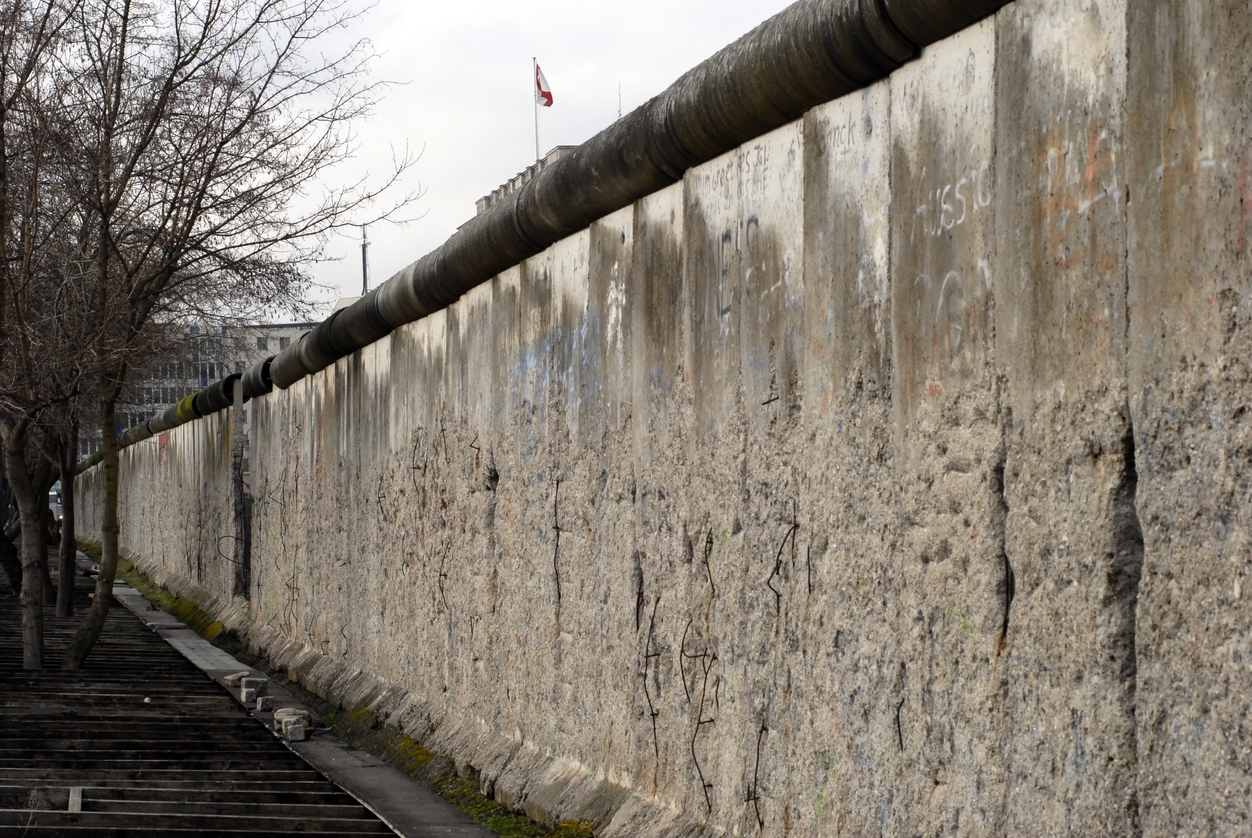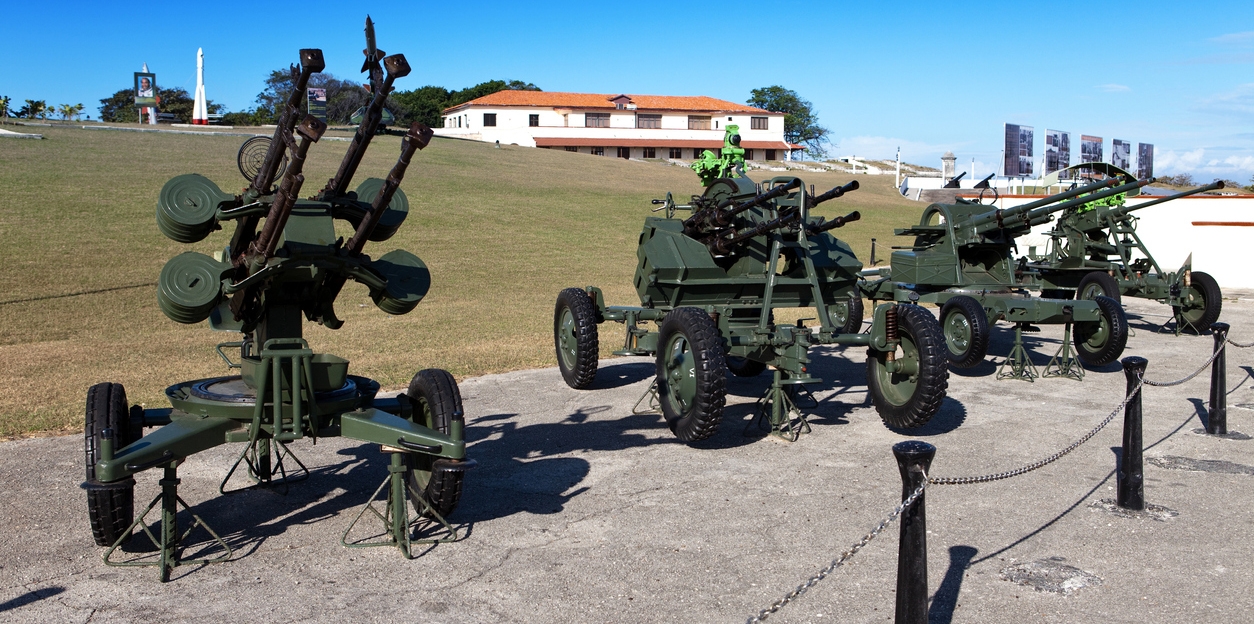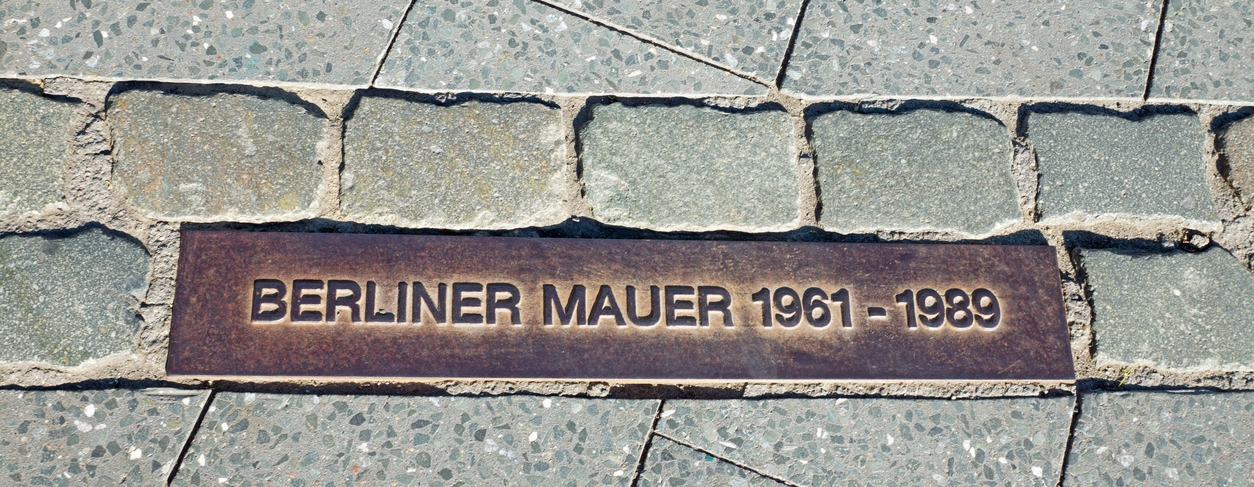Background
The Cold War was an open but restricted rivalry that was developed after the Second World War between the United States and the Soviet Union, along with their respective allies. During World War II, the two fought together as allies against the Axis powers. However, their relationship was a tense one. It’s because Americans had long been wary of Soviet communism and were worried about Russian leader Joseph Stalin’s oppressive rule of his own country.
How do you think the Cold War started, and how did it end? If you want to learn more about this, you’re in the right place. In this post, we are giving you a timeline of the Cold War.
Why Is It Called the Cold War?
The term “cold war” had been used since the 1930s, when “guerre froide” was used in France to define increasingly fraught relationships between European countries. In 1945, after the United States dropped the atomic bomb on Hiroshima and Nagasaki, George Orwell, a British writer, used the term “Cold War” in an essay titled “You and the Atomic Bomb” that explored what the atom bomb meant for international relations. He understood it as a nuclear stalemate between “super-states” that each possessed weapons of mass destruction and were capable of annihilating the other.
The atom bombs killed over 100,000 Japanese citizens, which revealed a damaging power so terrifying that Orwell foresaw it would discourage open warfare among great powers. Instead, it created a state which was at once unconquerable and in a permanent state of “cold war” with its neighbors. The prediction of Orwell of a “peace that is no peace” became real as seeds of distrust between the former allies grew. [1]
The Origins of the Cold War
After the surrender of Nazi Germany in May 1945, near the end of World War II, the uneasy wartime alliance between the United States and Great Britain, on the other hand, and the Soviet Union, on the one hand, started to unravel.[2] The USSR had stomached the highest number of military and civilian casualties in the war, with a projected 24 million, while redeeming big swaths of Eastern Europe from Nazi control. Josef Stalin, the Soviet leader, was not content with the postwar division of Europe, which he felt did not justly reflect the contribution of his nation.
In the United States, diplomat George Kennan outlined the growing distrust of the Soviet Union in the 1946 “Long Telegram,” as what we know today. In the telegram, Kennan cautioned that the USSR was irrational and insecure and would not unite with the West in the long term. Washington started to follow a policy of “containment” to avert the spread of Soviet philosophy and influence in response.
Soon, the U.S. got a chance to flex its new policy. Britain, in 1947, proclaimed it would withdraw aid from Turkey and Greece, which were fighting communist revolutions. The occasion was detained by President Harry Truman to ask Congress for funds to support both countries, creating what became known as the Truman Doctrine. It was the belief that the United States should support countries or people that were threatened by Soviet forces or communist insurgence. This move was perceived by Stalin as the opening shot of a shadow war.
The term “Cold War ” became a shorthand that pertains to the ideological struggle between capitalism in the West and communism in the East. In 1947, the term was disseminated in a series of articles as nations choose sides in the stalemate. [1]
The Creation of NATO
The United States was not alone in worrying about the push of Stalin to spread Soviet influence westbound and bring other states under communist rule. The USSR backed a communist coup in Czechoslovakia in 1948 and launched a blockade of West Berlin. It had been divided into occupation zones controlled by communists in the east and capitalists in the west.
The U.S. and its allies created a transatlantic mutual defense alliance to demonstrate a united front. It was known as the North Atlantic Treaty Organization or NATO. The United States, Canada, Iceland, France, Denmark, Luxemburg, Italy, Norway, the United Kingdom, Portugal, the Netherlands, and Belgium signed a treaty on April 4, 1949, agreeing that an armed attack against one or more would be considered an attack against them all.
The USSR, on the other hand, responded by making a defensive alliance of its own. In 1955, the Warsaw Pact was signed, which included the Soviet Union and seven satellite states, such as East Germany and Poland, reinforcing the conceptual and military blockade between Eastern and Western Europe that Winston Churchill had named the “Iron Curtain” in a speech in 1946. [1]
The Atomic Age
The basis for an unprecedented arms buildup in the United States was also provided by the containment strategy. In 1950, a National Security Council Report called NSC-68 echoed the recommendation of Truman that the country use military force to encompass communist expansionism anywhere it seemed to be happening. To that end, the statement called for a four-fold rise in defense spending. American officials, in particular, encouraged the development of atomic weapons such as the ones that had ended World War II. This started a deadly “arms race.” [3]
In 1949, the Soviets tested an atomic bomb of their own. President Truman, in response, announced that they would create an even more destructive atomic weapon, which was the hydrogen bomb or superbomb. Stalin followed suit. With this, the risks of the Cold War were terrifyingly high.
The first hydrogen bomb test in the Eniwetok atoll in the Marshall Islands displayed how fearsome the nuclear age could be. It made a 25-square-mile fireball that vaporized an island. It blew a huge hole in the ocean floor and had the power to destroy half of Manhattan. After this, subsequent American and Soviet tests spewed radioactive waste into the atmosphere.
The pervasive threat of nuclear annihilation also had a great impact on American domestic life. It resulted in people building bomb shelters in their backyards. In addition, attack drills are practiced in schools and other public places. From the 1950s to the 1960s, an epidemic of popular films with depictions of nuclear devastation and mutant creatures were seen by the moviegoers, and they were terrified. In these and many other ways, the Cold War became a constant presence in the everyday lives of Americans.[3]
The Korean War
When Japan surrendered at the end of World War II, it ceded control of Korea. With this, the United States and the USSR agreed to divide Korea into two occupation zones. The area north of the 38th parallel was occupied by the USSR, and it aided the Koreans living there in creating a communist government. The south, on the other hand, was occupied by the U.S., and it oversaw elections that led to a democratic government.
However, when the two major powers withdrew, friction between North and South Korea erupted into war in 1950, when North Koreans invaded the south. The south, on the other hand, was not prepared for the aggression and was overrun immediately. The United States eventually stepped in to help the South Korean military, creating a proxy war between the Soviet Union and the United States.
There was no peace treaty signed to end the Korean War. The two sides instead signed an armistice in 1953, which ceased hostilities and created the Korean Demilitarized Zone. It was a no-man’s land between the two countries that founded the new border. [4]
The Space Race
Another dramatic arena for Cold War competition was space exploration. On October 4, 1957, the first artificial satellite in the world called Sputnik was launched. It was a Soviet R-7 intercontinental ballistic missile and the first artificial satellite and man-made object to be placed into the orbit of the Earth. This launch came as a surprise and not a pleasant one to most Americans.
Space was seen as the next frontier in the United States. It was a rational extension of the grand American custom of exploration, and it was vital not to lose excessive ground to the Soviets. Aside from that, the demonstration of the power of the R-7 missile, which appeared to be capable of bringing a nuclear warhead into U.S. airspace, made gathering knowledge and information about Soviet military activities predominantly crucial.
The United States launched its own satellite in 1958, which was called Explorer I. It was designed by the U.S. Army under the direction of rocket scientist Wernher von Braun. What we know now as the Space Race was happening. In the same year, a public order creating the National Aeronautics and Space Administration (NASA), a federal agency dedicated to space exploration, was signed by President Dwight Eisenhower. It came along with several programs seeking to exploit the military potential of space. However, the Soviets were still one step ahead as they launched the first man into space in April 1961. [3]
The first American man in space was Alan Shepard, who was launched in May 1961. After that, President John F. Kennedy made the bold public claim that the United States would land a man on the moon before the decade ended. On July 20, 1969, his predictions came true when Neil Armstrong from the Apollo 11 mission by NASA became the first man to set foot on the moon. This made the Americans win effectively in the Space Race.
After that, U.S. astronauts were viewed as the ultimate American heroes. Soviets, on the other hand, were seen as the ultimate villains, with their enormous, unyielding efforts to exceed America and demonstrate the power of the communist system. [3]
The Vietnam War
1Among the countries in Southeast Asia, Vietnam was considered an important sphere of influence by the United States and Soviet leaders. In 1956, when nationalist forces made North Vietnam, the USSR and China recognized and backed the new communist country. The United States, on the other hand, was committed to preventing the spread of communism in the region, and it backed South Vietnam.
Like what they did in the Korean War, the United States and the USSR avoided direct war by supporting the conflicting governments and forces. The war was unpopular in the U.S., and it finally withdrew the last of its forces and helped South Vietnam in 1975. In this war, North Vietnam ultimately prevailed. In 1976, Vietnam was unified into the Socialist Republic of Vietnam. [4]
Largest Nuclear Weapon
On October 30, 1961, the USSR tested the largest nuclear weapon ever built. It was known as Big Ivan to the Soviets and Tsar Bomba in the U.S. It was the RDS-220, designed as a 100 megaton hydrogen bomb. Its yield was reduced by 50% when it was tested. It was air-dropped from an altitude just above 34,000 feet over the Mityushikha Bay test site on Novaya Zemlya Island.
The weapon detonated at 13,000 feet. The blast was measured at 300 psi, and the flash of light could be seen more than 600 miles away. It also formed a mushroom cloud that reached an altitude of 210,000 feet. [4]
The Berlin Wall
Massive numbers of East Berliners were fleeing through the open border to West Berlin in 1961. In an effort to stem the tide of defectors, on August 12, Soviet Premier Khrushchev gave the East German government permission to stop the flow of emigrants by closing the border for good. On August 13, the construction of the Berlin Wall started on the border between East and West Berlin. In just two weeks, the construction of a barbed wire and concrete block fence was done. The Berlin Wall was over 26 miles long. Later on, the barbed wire fence was replaced with a 13-foot wall. [4]
The Cuban Missile Crisis
In May 1960, the Soviet premier Nikita Khrushchev, having promised to defend Cuba with Soviet arms, assumed that the United States would do nothing to prevent the installation of Soviet medium and intermediate-range ballistic missiles in Cuba. These missiles could hit much of the eastern United States in just a few minutes if launched from Cuba. [5]
In July 1962, the United States found out that the Soviet Union had started missile shipments to Cuba. New military building and the existence of Soviet technicians had been reported by August 29 by U.S. U-2 spy planes that flew over the island. The occurrence of a ballistic missile on a launching site was then reported on October 14. [5] With this, the Cuban Missile Crisis unfolded. It brought the countries closer to the brink of nuclear war than any other event in the Cold War.
President John F. Kennedy, demanding that the missile bases and arms in communist Cuba be removed, stated that an attack on U.S. territory would trigger an immediate nuclear strike on the USSR. The threat of impending nuclear war hungover for about two weeks of tense negotiations. At last, the USSR agreed to dismantle its weapons facilities on the condition that the U.S. pledges not to invade Cuba. Behind the scenes, the United States agreed to remove nuclear weapons from Turkey. However, that agreement did not become public until 1987.
Nonetheless, both nuclear arsenals constantly grew exponentially. The United States had around 23,000 nuclear weapons to the Soviet’s 39,000 by the late 1980s. [1]
The “Hot Line”
Due to the Cuban Missile Crisis, the United States and the USSR were prompted to create a direct line of communication to allow fast and direct communication between them during crisis situations that might affect the security of either country, like the accidental launch of nuclear weapons.
The communication link was referred to as the “Red Phone.” It was a teletypewriter that transmitted written messages. The establishment of the “Hot Line” helped in reducing the time it took for both countries to connect directly. It also decreased the possibility of misunderstandings. It was first used extensively in 1967m during the Arab-Israeli War. The United States utilized it to explain U.S. fleet movements in the Mediterranean. [4]
The War Scare of 1983
In early November 1983, NATO was conducting a routine exercise they called Able Archer. It was a simulation designed to train and test the methods for shifting from conventional to nuclear war. However, it was interpreted by the Soviet Union as a prelude to a first strike by the United States. Many remain confidential about what came to be known as the War Scare of 1983.
However, the National Security Archive has combined and published a large collection of documents, including a 100-page report by the Foreign Intelligence Advisory Board of the President from February 1990, titled “The Soviet War Scare.” Based on the report, the intelligence community did not include enough weight to the likelihood that it was real. As a result, the President was given valuations of Soviet attitudes and actions that understated the risks to the United States. According to the board, the U.S. had unintentionally placed its relations with the Soviet Union on a higher trigger. [4]
How Did the Cold War End?
Life behind the Iron Curtain had changed by the mid-1980s. In Soviet bloc nations, democratic uprisings were penetrating, and the USSR itself was challenged by economic and political chaos. The U.S. and the USSR forged a more open relationship, even arranging a nuclear pact in 1987 that eradicated a class of particularly dangerous ground-launched missiles from the arsenals of each nation. [1]
The Soviet influence in Eastern Europe declined. In 1989, every other communalist state in the region changed its government with a noncommunist one. In November 1989, the Berlin Wall, which was the most visible symbol of the decades-long Cold War, was finally destroyed. It was just over two years after Reagan had challenged the Soviet premier in a speech at Brandenburg Gate in Berlin to tear the wall down. [3]
By 1991, the Soviet Union had lost the majority of its alliance to democratic revolutions. The Warsaw Pact was also dissolved formally. The last leader of the USSR, Mikhail Gorbachev, opened his country to the West and instituted economic reforms that undercut institutions that relied on nationalized goods. The USSR was dissolved into separate nations on December 8, 1991. [1] After that, the Cold War was over. [3]
Conclusion
The USSR had been dissolved, and nuclear arsenals had decreased dramatically due to nonproliferation treaties between Moscow and Washington in the 1980s and 1990s. The United States and Russia have cooperated on some global issues in recent decades, which include Afghanistan and the war on terror. However, even today, the Cold War still affects modern geopolitics. Both nations still have conflicting geopolitical interests, large defense budgets, and international military bases. NATO is still powerful, and tensions between Russia and the West reached a new high point after the February 2022 Russian invasion of Ukraine.
References
[1] Blakemore, E. (2022, March 31). What was the Cold War-and are we headed to another one? Culture. Retrieved June 29, 2022, from https://www.nationalgeographic.com/culture/article/cold-war
[2] Britannica, T. E. of E. (2022, March 1). Cold War. Encyclopædia Britannica. Retrieved June 29, 2022, from https://www.britannica.com/event/Cold-War
[3] History.com Editors. (2009, October 27). Cold War History. History.com. Retrieved June 29, 2022, from https://www.history.com/topics/cold-war/cold-war-history
[4] Titan Missile Museum. (2020, February 28). Cold War Timeline. Titan Missile Museum. Retrieved June 29, 2022, from https://titanmissilemuseum.org/about/cold-war-timeline/
[5] Britannica, T. E. of E. (2021, December 20). Cuban Missile Crisis. Encyclopædia Britannica. Retrieved June 29, 2022, from https://www.britannica.com/event/Cuban-missile-crisis

